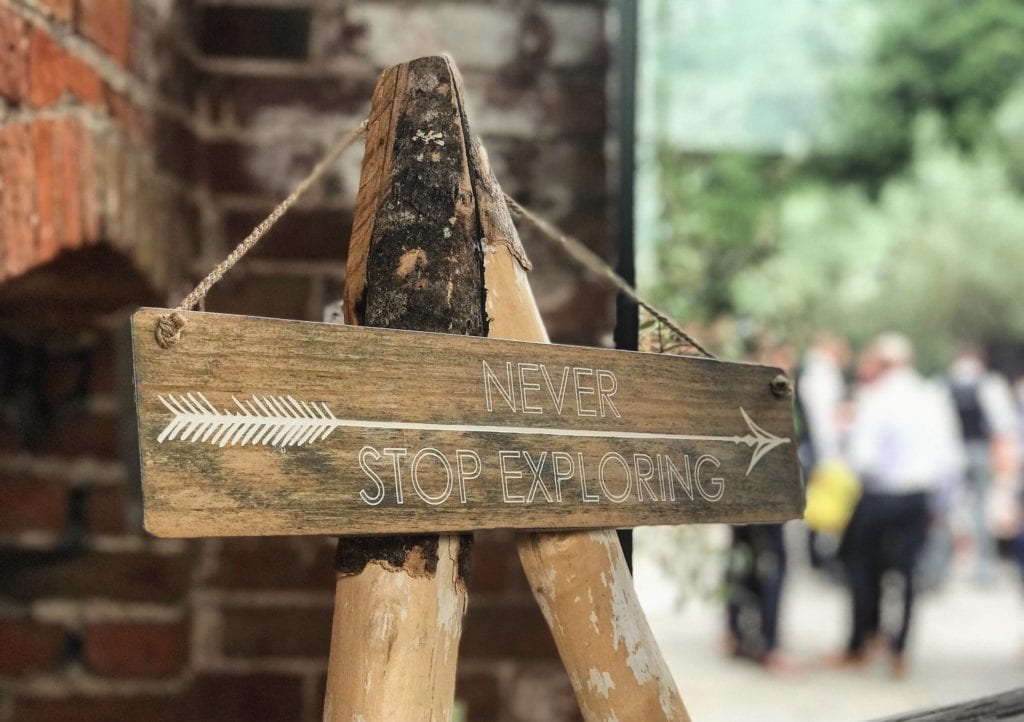From our past blogs, you’ve likely begun to understand Hardware Lifecycle Management, as well as the fiscal impacts from adopting a Hybrid Hardware Support model. But, as we have suggested in the past, adopting such a model requires the involvement from and collaboration with other departments for an IT Procurement-driven initiative to be successful, minimize support risk and begin to magnify the resulting OpEx budget savings. Involvement from these two parties (for historical perspective, asset criticality per each serial number and vital “mean time to repair” for each asset) is essential to balancing cost-savings with data center operational stability:
- Data Center Operations, and
- IT Asset Management (ITAM)
So, what are the Top 3 reasons why IT Procurement, Data Center Ops, and ITAM should collaborate?
Reason #1:
In simplistic terms, the savings can be remarkable – especially if you already know that 20+% of your data center assets are post-warranty. To help you forecast (or quantify) “how much” savings can be driven, you only need to be able to estimate two data points for your environment:
- X: The percentage of total hardware footprints (servers and storage) that are post-warranty.
- Y: The total current annual hardware operating expense for all data center server and storage footprints. Note: This is a Total $ figure.
While these are not perfectly designed mathematical formulas, you WILL get the point:
- If X is 20%, you can expect to see a 11-12% reduction (savings) from Y.
- If X is 22%, you can expect to see a 12-13% reduction (savings) from Y.
- If X is 24%, you can expect to see a 13-14% reduction (savings) from Y.
- If X is 26%, you can expect to see a 14-15% reduction (savings from Y.
Hybrid hardware support models start to make a lot of sense when you can quantify the potential!
Reason #2:
Saying it like it really is: IT Procurement cares most about driving cost reductions, but Data Center Operations cares most about security, reliability, and resiliency. Without any knowledge of criticality by asset, it can be quite easy to buy hardware support on only price, thereby creating risk for data center hardware “uptime” and delays that have cascading impact to your company’s competitive position, (external) client experience and impact to company revenues. Truth be told, the long-time data center hardware infrastructure team has a vast amount of historical perspective to challenge all hardware support vendors to be sure of support model transparency, service skill depth, logical parts sparing plans. These staffs are also very familiar with what support language is vital to hardware support agreements (as well as hardware acquisitions) and should be relied upon as much as your company’s general counsel – if not more so.
Collaboration is indeed very possible with Data Center Operations. They will be especially “warm” to your ideas when the OEM announces End of Support for a specific platform, which is followed by a forced tech refresh and a great deal of urgent work on their parts to migrate applications and data – before they would have preferred to do so. When you hear such complaints, you’ll get them to help you build a solid Hybrid Support plan when you then state: “We could keep that hardware longer if we had an established vendor relationship with an Independent Hardware Maintenance firm. I just need a little bit of your time making sure that I’m vetting vendors properly and not reducing costs by introducing risk. Will you help me?”
The initial time investment to collaborate and build a Hybrid Hardware Support model will be a bit higher if you’ve never before built one out; however, the initial time spent will produce time-saving dividends for future renewals or transitions needed for other hardware assets.
Reason #3:
The quality of service CAN and should increase – for a substantially lower dollar amount than what the OEM had been charging. Assuming that Data Center Operations has collaborated with you, ITAM teams are following hardware asset best practices; you’ll have been truly able to choose a reliable hardware maintenance vendor. A few years back, IDC ran a survey to identify the Top 4-5 reasons why clients were choosing Third Party Maintenance. After savings, the number two reason was: “Flexibility” and “the ease of doing business with.” For those in the independent provider community, my company included, most of us will go to great lengths to accommodate requests, be prepared for your transitions and transparently make adjustments when modification is requested or necessary. Many of us take great pride in our agility, and our nature is “to serve” and do so at your pleasure.
From the mindset of “Trust is always to be earned,” you’re quite likely to have the Data Center Operations team wish that all assets could be maintained by your selected independent vendor.
Again Recognized by Gartner
Since 2009, Gartner has frequently recognized and published content about the value of a Hybrid Hardware Support model, as well as the credibility within the Independent Hardware Support Provider industry. For the third time, Gartner has recognized XSi in its “Market Guide for Data Center and Network Third-Party Hardware Maintenance (ID G00414695).”
Follow Us On LinkedIn






